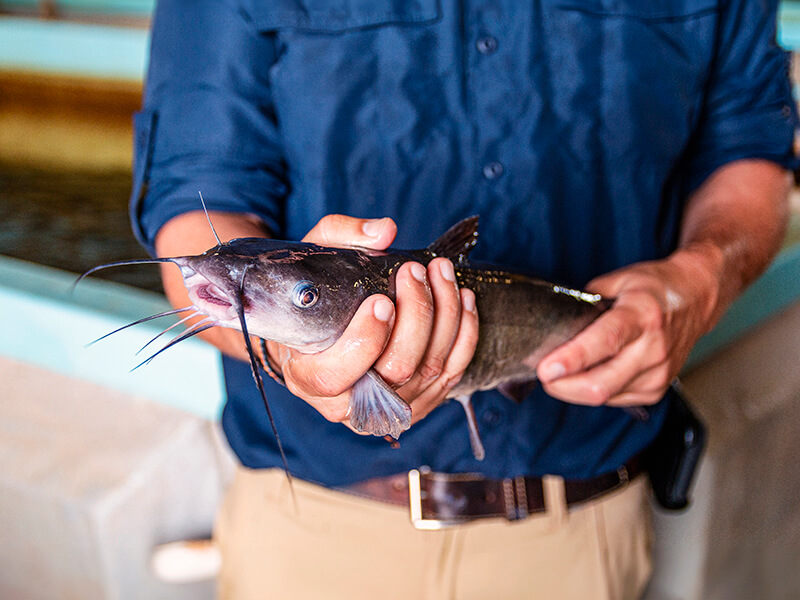
Aquaculture Adventures
Students investigate a variety of aquaculture food products, discover how and where they are grown and raised, and explore their nutritional benefits.
The National Agricultural Literacy Curriculum Matrix is a free database of standards-based lesson plans and resources for K-12 educators that use agriculture as a lens for teaching science, social studies, career and technical education, and nutrition.

Students investigate a variety of aquaculture food products, discover how and where they are grown and raised, and explore their nutritional benefits.

Students explore pecan production from farm to fork, simulate the process of grafting, and create a nutritious snack.
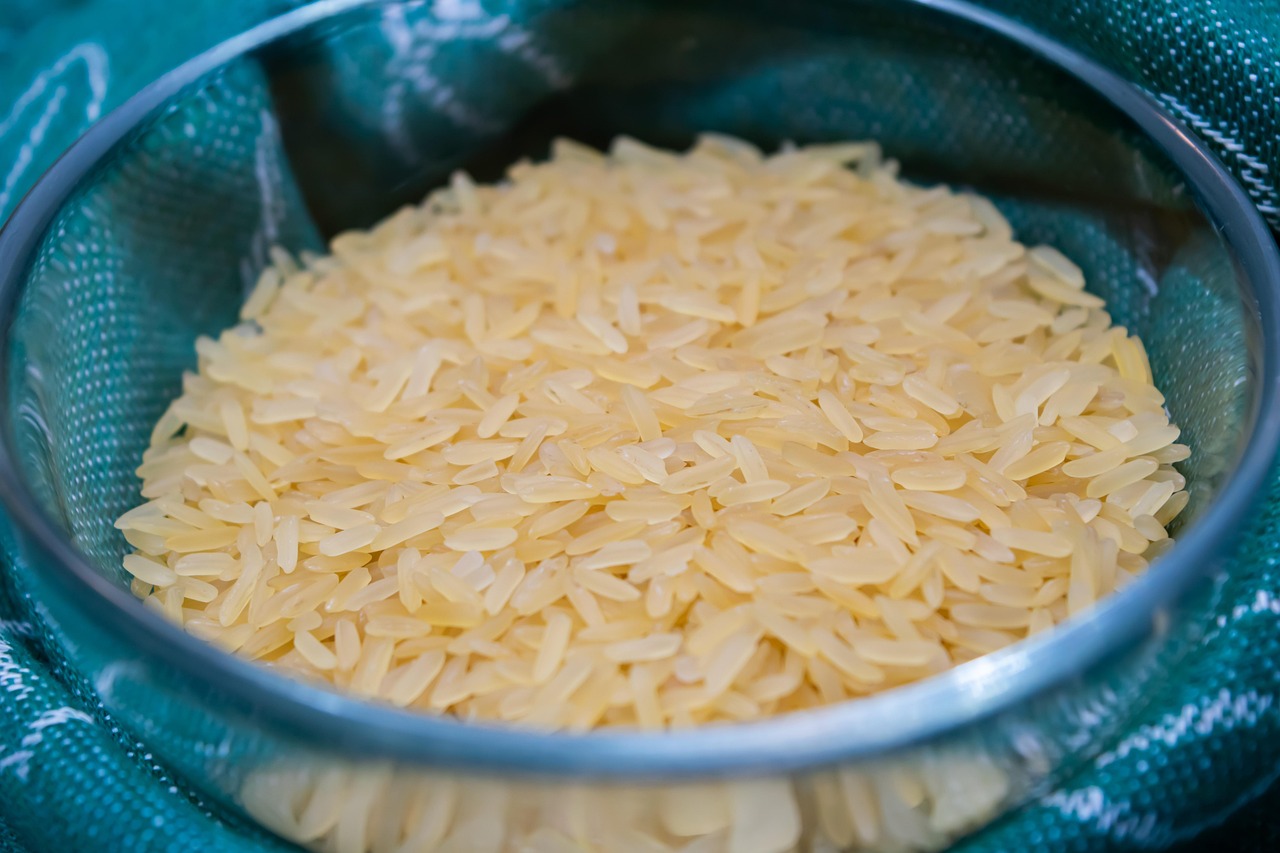
Students investigate the cultivation and identify the parts of rice by reading One Grain of Rice by Demi and removing the hull, bran, and germ from grains of rice.
Students investigate a variety of vegetables, discover how and where they are grown, and explore their nutritional benefits.
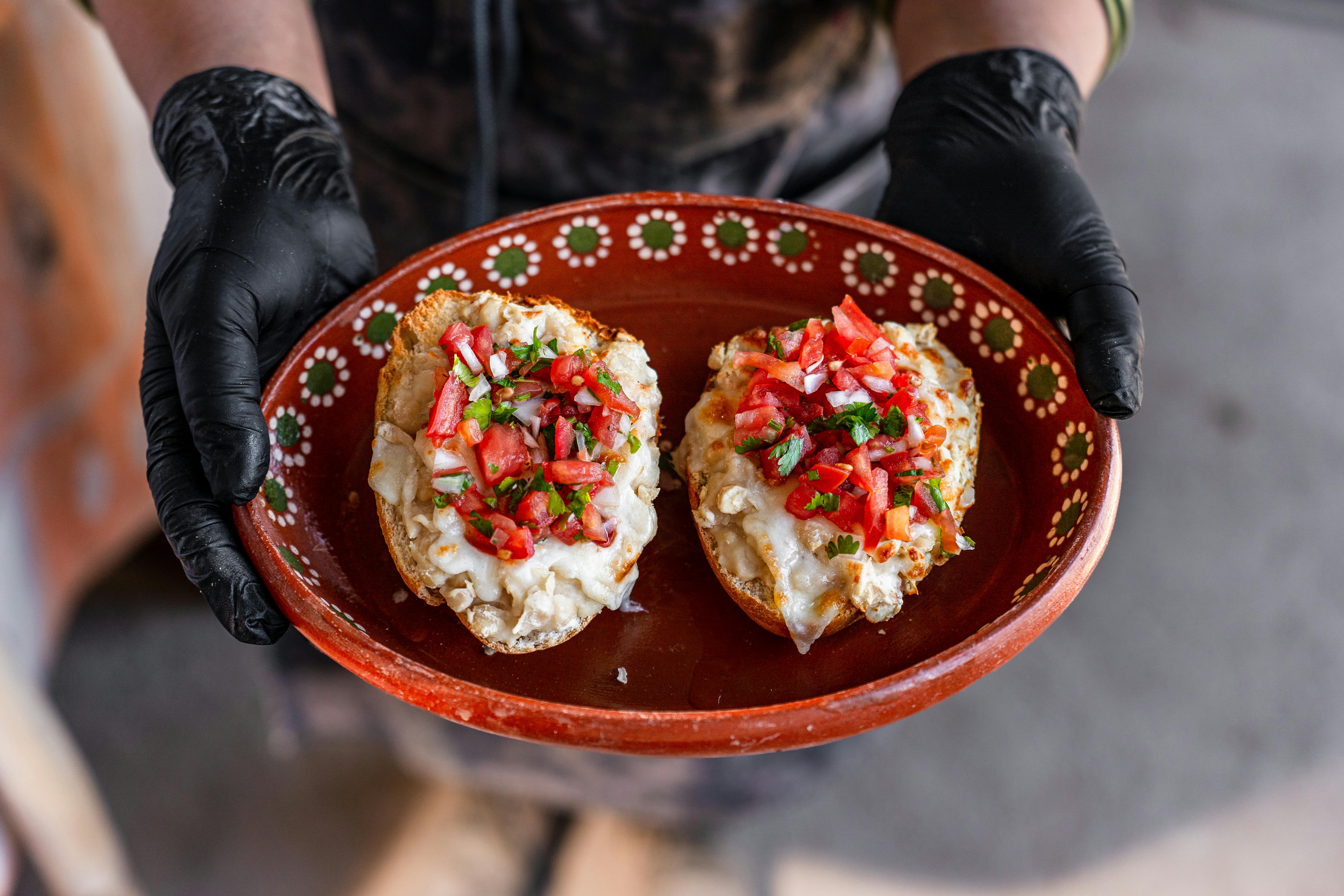
Through project-based learning, students will develop and manufacture a unique and nutritious food product that includes ingredients that have been sourced locally and can be served in retail outlets or the school cafeteria.
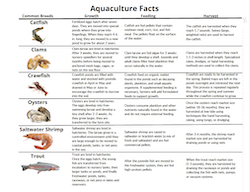
This three-page informational sheet describes the processes of how aquaculture food products are grown and harvested, how they get from the farm to the store, and nutrition facts. Words and graphics are used to portray this information for catfish, clams, crawfish, oysters, saltwater shrimp, and trout. Print your own or order a set of 30" x 8" printed charts from agclassroomstore.com.
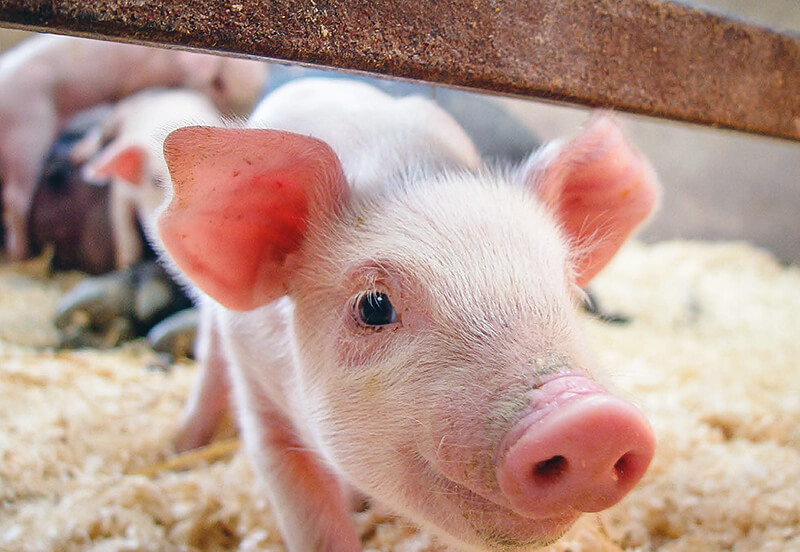
Students investigate six major livestock species, discover that animals need air, space, food, water, and shelter to survive, explore the life cycle of a farm animal, and identify the products each farm animal produces.
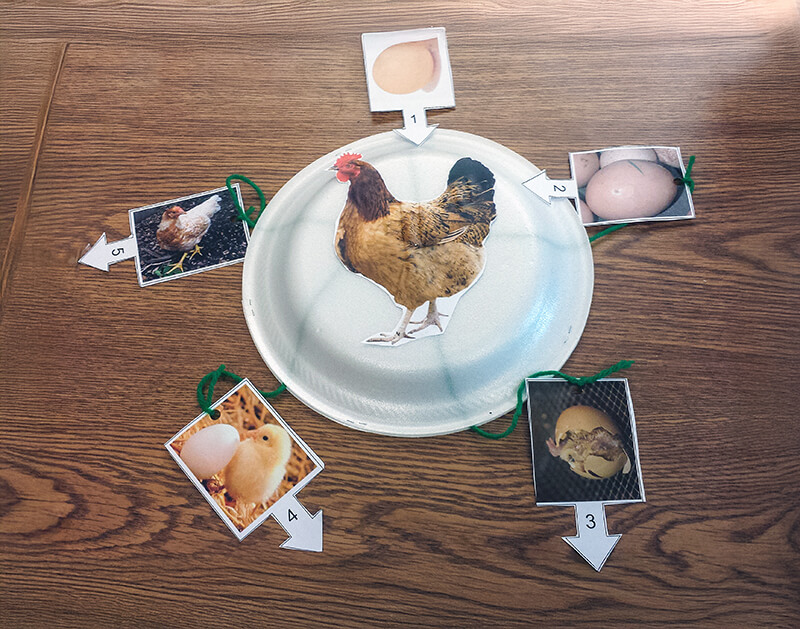
Students identify different breeds of chickens, examine physical characteristics, and determine the stages of a chicken's life cycle.
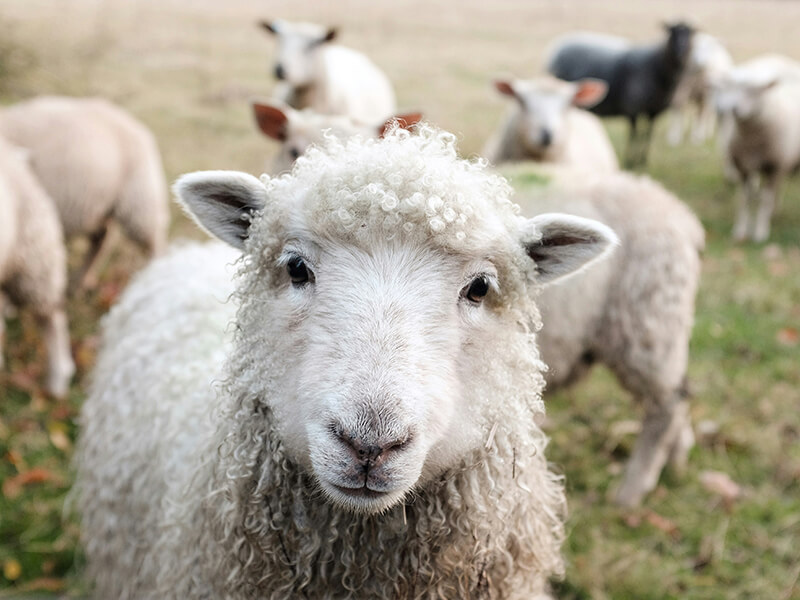
Students explore the process of making wool into cloth.
Students use the visual representation of a web to explore the role of agriculture in their daily lives and understand how most of the necessities of life can be traced back to the farm.
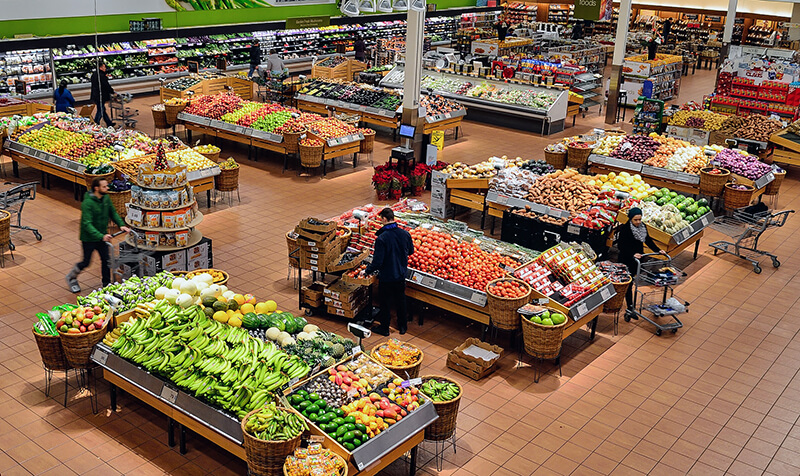
Students explore different cultures around the world and their unique traditions centered around food and its preparations. Students discover how food gets from the farm to the grocery store.

Students identify different breeds of chickens, examine physical characteristics, and determine the stages of a chicken's life cycle.
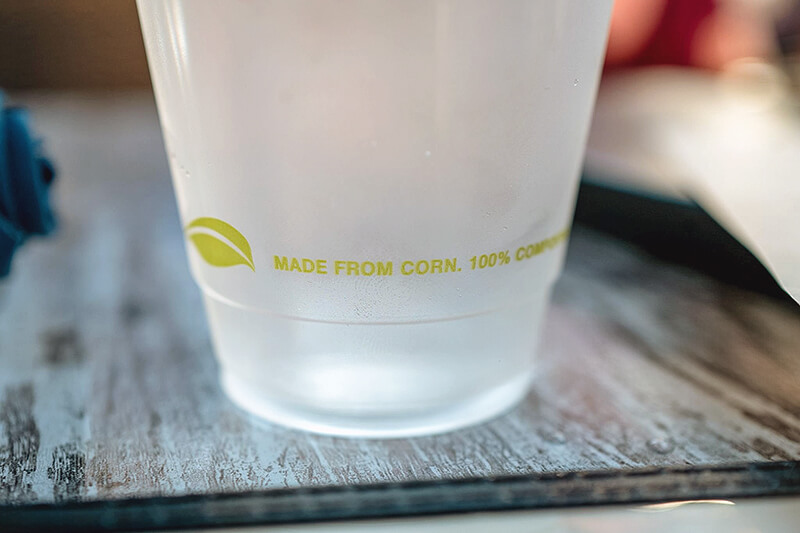
Students examine the growth, composition, history, and uses of corn through a close reading activity, discussion of renewable and non-renewable resources, and hands-on exploration of bioplastics made from corn.
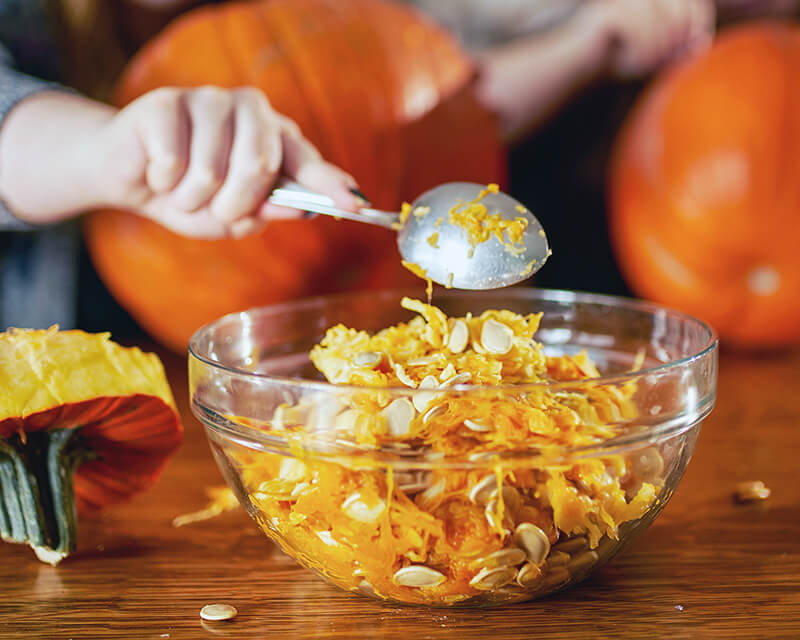
Students estimate the size and weight of pumpkins, sprout pumpkin seeds, and make pumpkin pie in a bag.
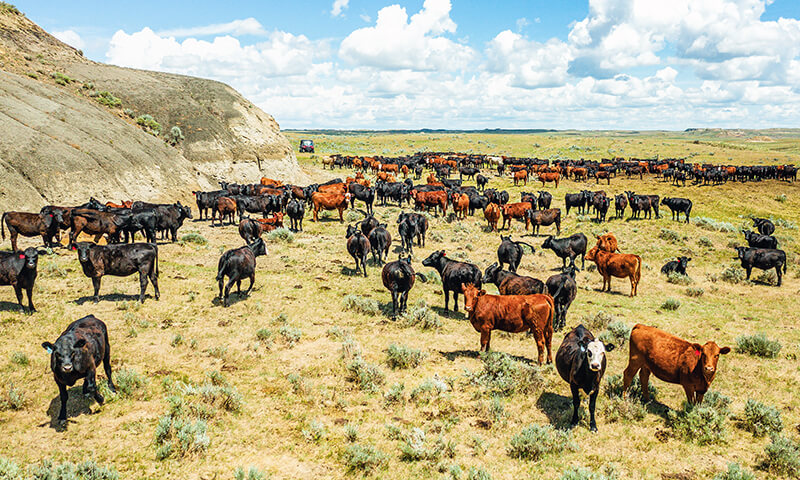
Students explain the value of the beef cattle industry, including the products cattle produce, the production process from farm to plate, and how cattle can utilize and obtain energy from grass and other forage.
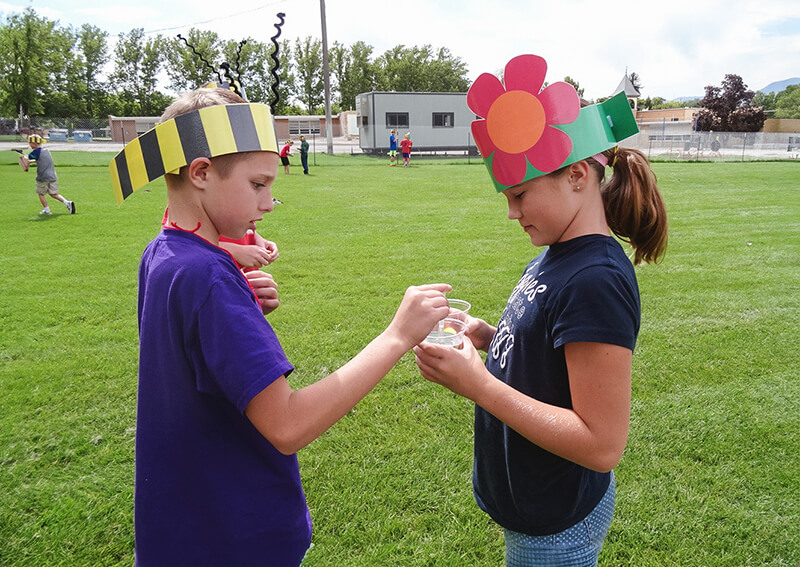
Students identify the parts of a honey bee, the stages of its life cycle, and its role in pollination.
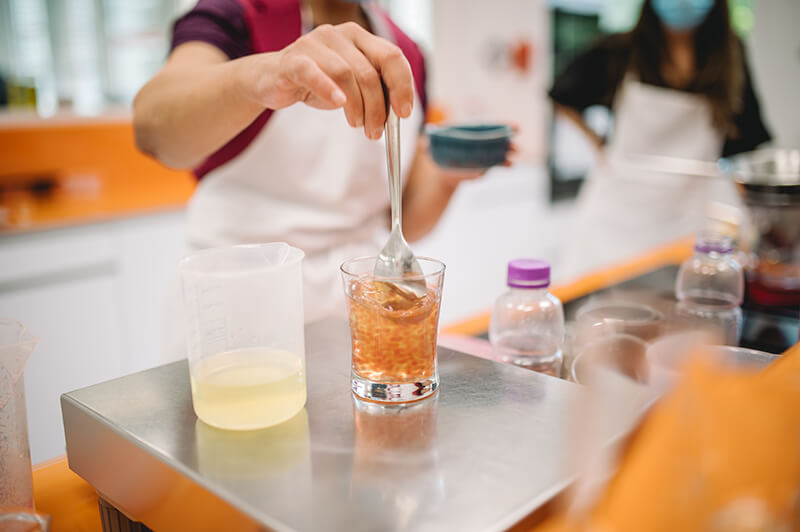
Students focus on the science involved in the production of our food and explore the high-tech aspects of agricultural production as they learn about careers in food science.
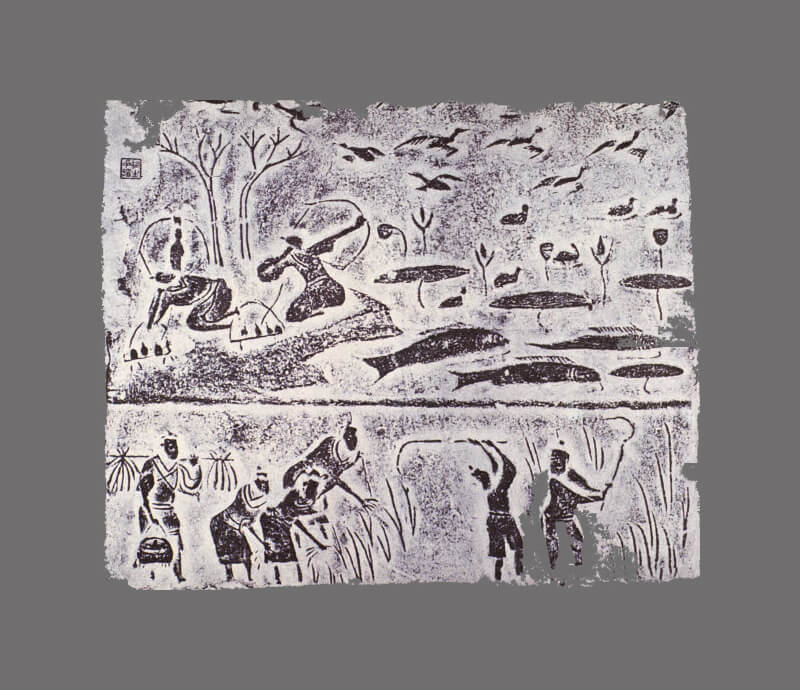
Students will participate in a foraging activity, gaining perspective on how scarcity of resources can affect well-being and how agriculture provides the benefit of a steady, reliable food supply. Then they will read about hunter-gatherers and early agriculture and use maps to explore how geography affected the development of early civilizations.
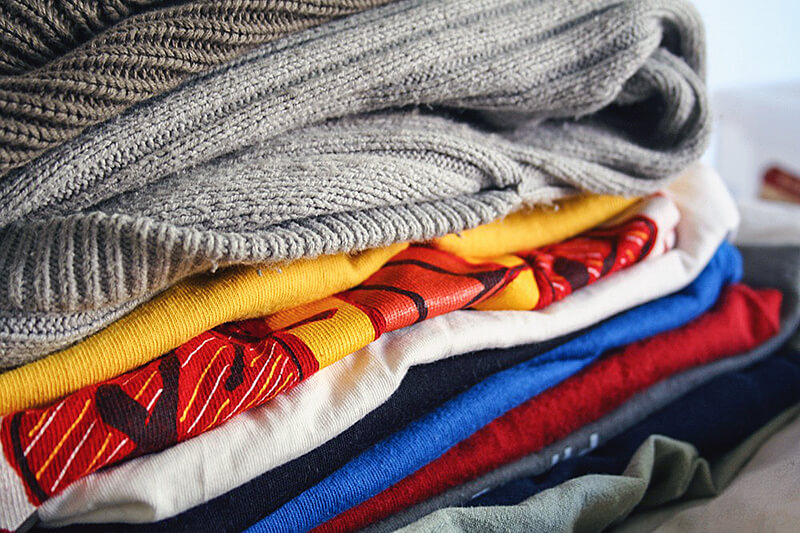
Students will gain a broad understanding of the types and sources of different fibers, examining their origins and observing their differences. Activities in this lesson include examining clothing and clothing labels and observing how different types of fabrics burn.

In this lesson students will learn about plant parts and how they function in plant growth and reproduction.
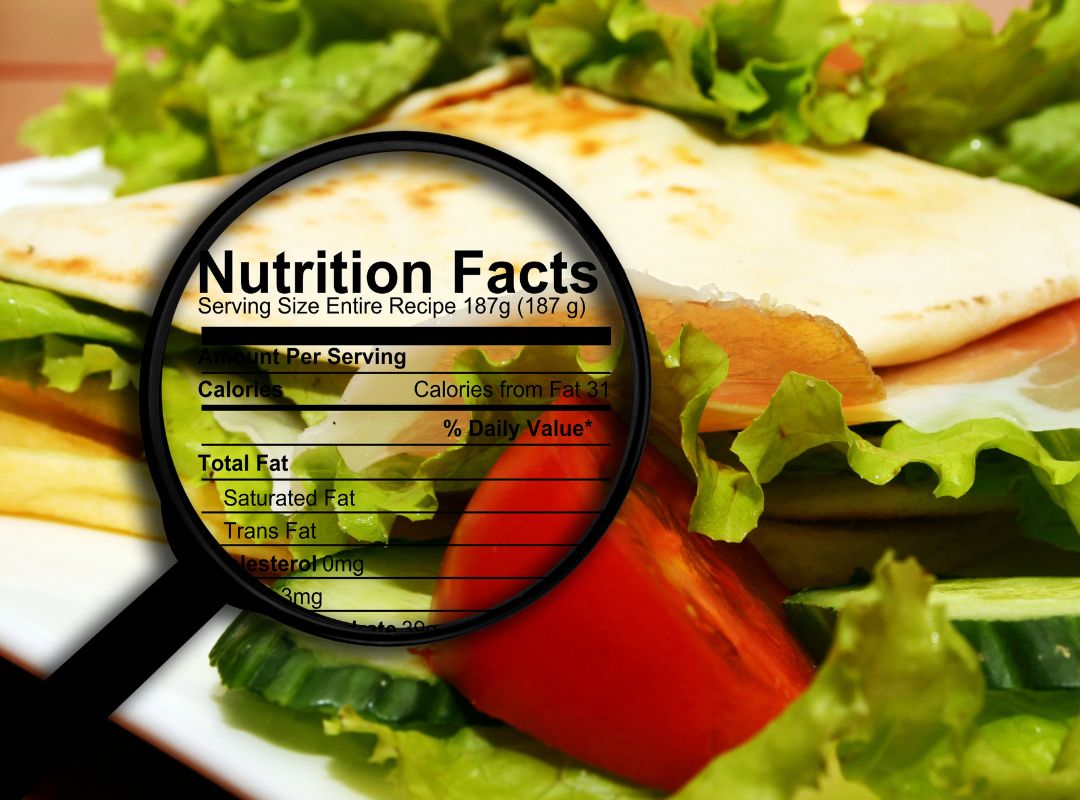
Explore the features of the Nutrition Facts label with a focus on protein, analyze serving size, and make a Nutrition Facts label for a smoothie.
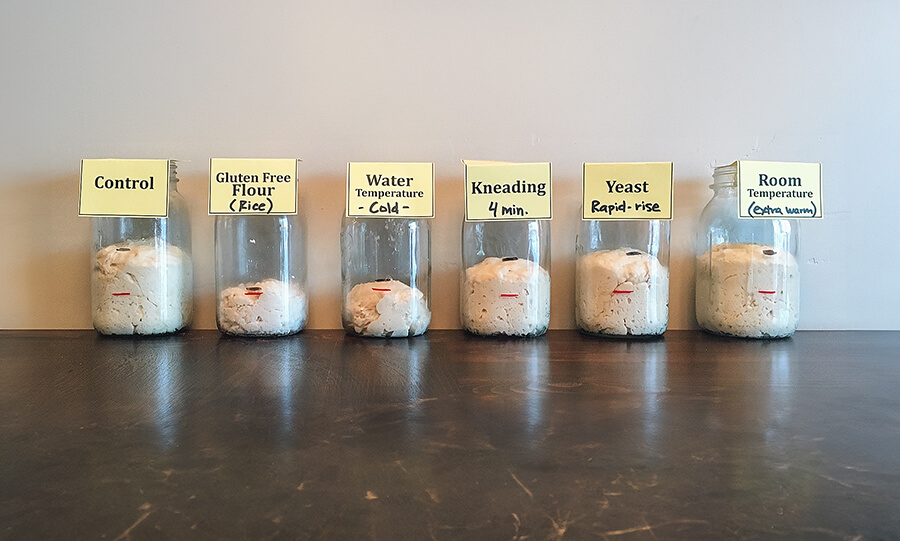
Students explore the phenomenon of what makes bread dough rise. Using baker's yeast, students will observe alcoholic fermentation and its connection to cellular respiration as they are challenged to act as food scientists and develop the best recipe for quick-rising bread dough.
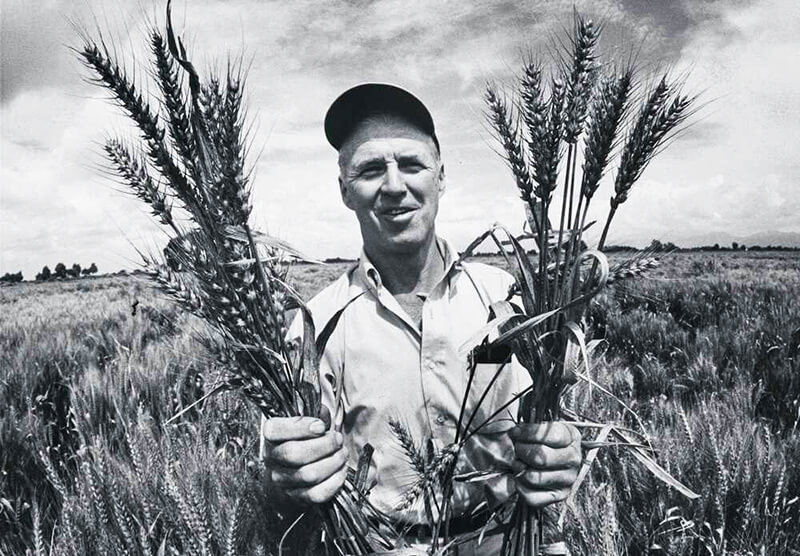
Evaluate the agricultural advances of the Green Revolution, discover the contributions of Norman Borlaug, and discuss the impacts of this era from an economic, social, political, and environmental perspective by watching the 2020 PBS film, The Man Who Tried to Feed the World.
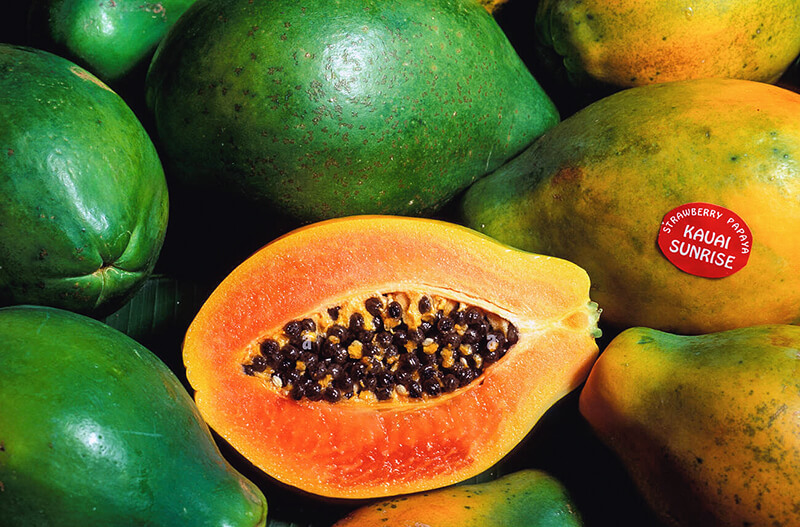
While many view bioengineered crops (GMOs) as a promising innovation, there is controversy about their use. This lesson provides students with a brief overview of the technology, equipping them with the ability to evaluate the social, environmental, and economic arguments for and against bioengineered crops (GMOs). This lesson covers a socioscientific issue and aims to provide students with tools to evaluate science within the context of social and economic points of view.
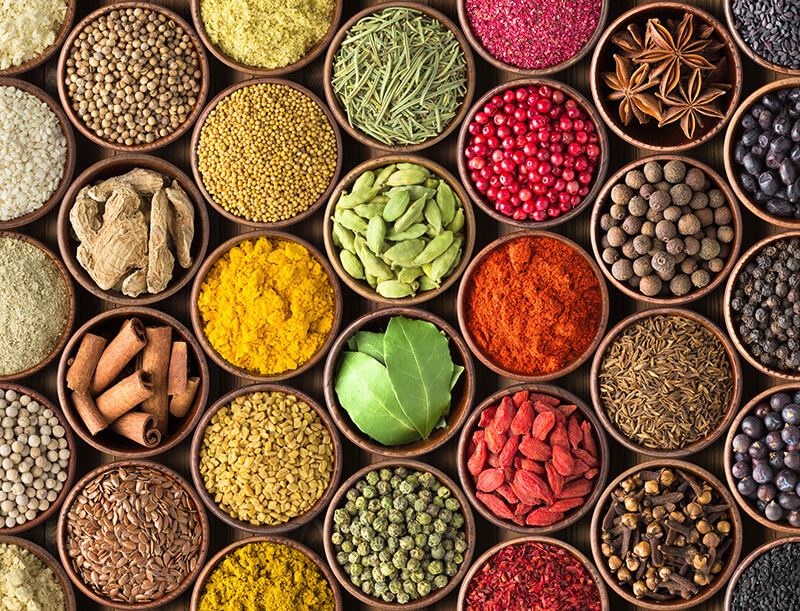
In this lesson students will recognize the difference between a spice and herb, learn how herbs and spices are grown on farms around the world, and participate in a culinary challenge to season popcorn for various cultural cuisines.

Explore the complexity of global commodity chains that link the production and consumption of agricultural products. Discover how economics, politics, infrastructure, and other conditions affect the distribution of food throughout the world.
Let us know if you have an idea you'd like to share for a new lesson plan or companion resource.
Download a CSV spreadsheet containing the vocabulary words used in the Curriculum Matrix.